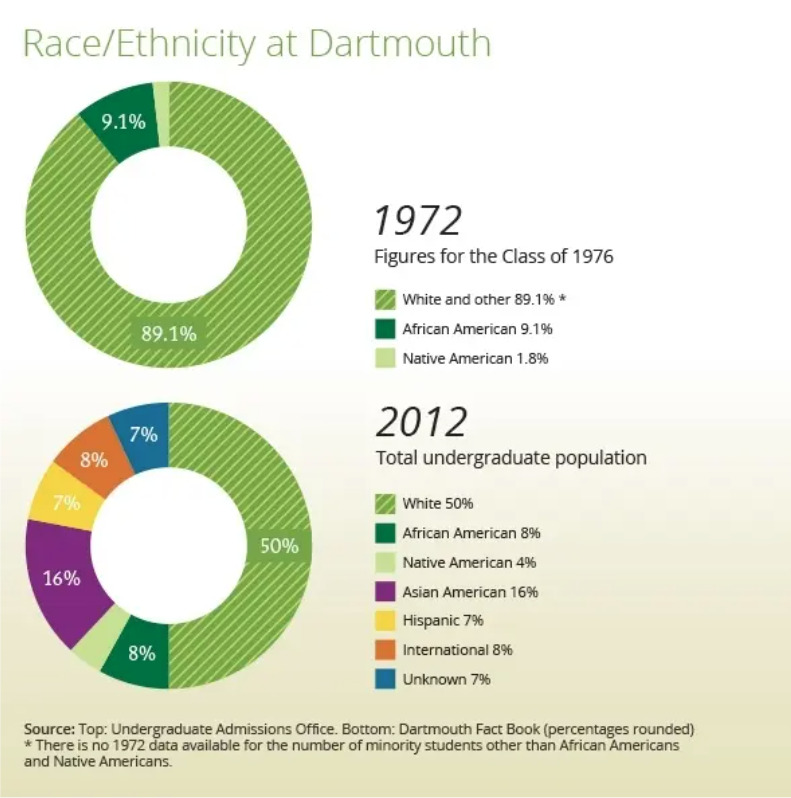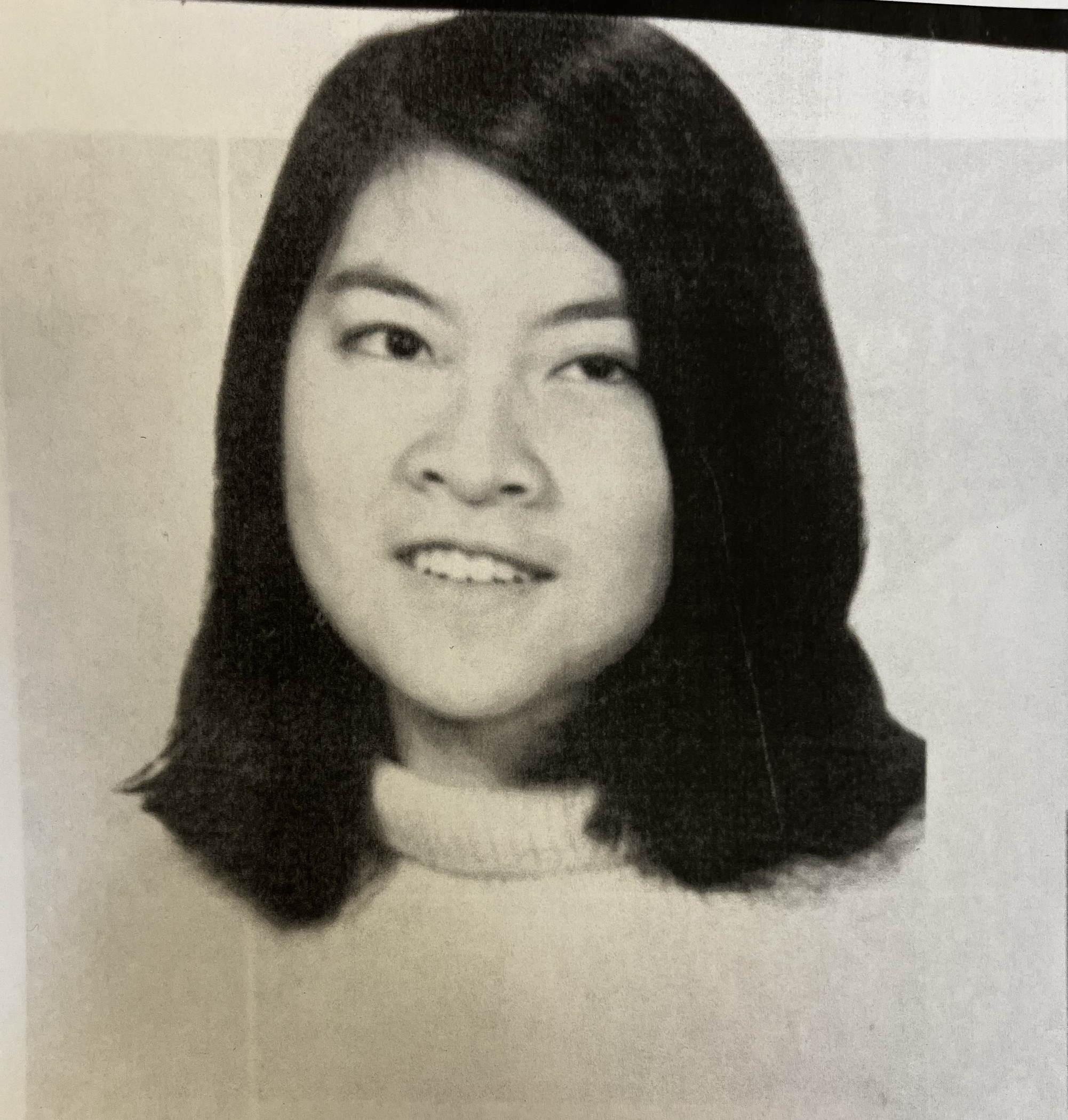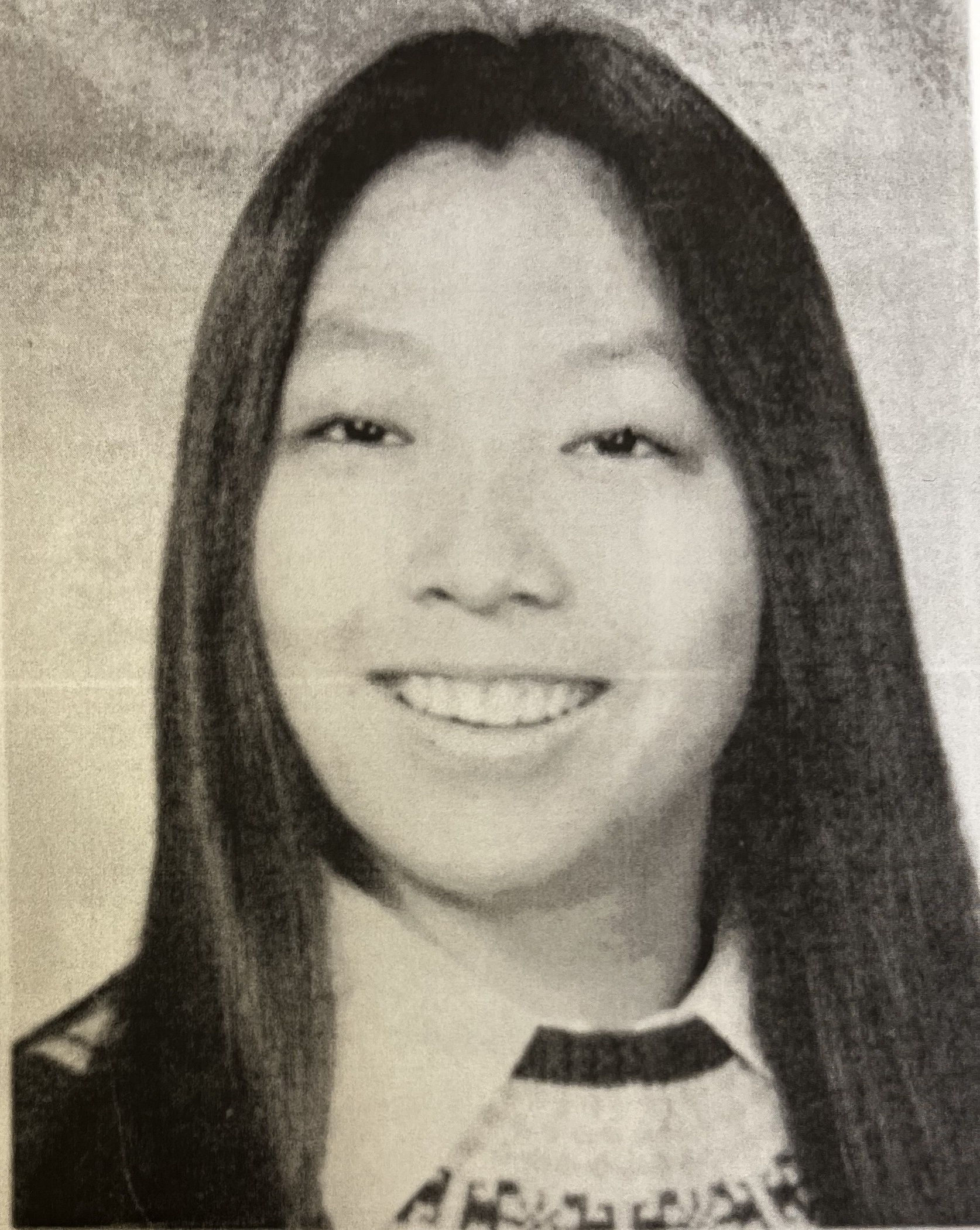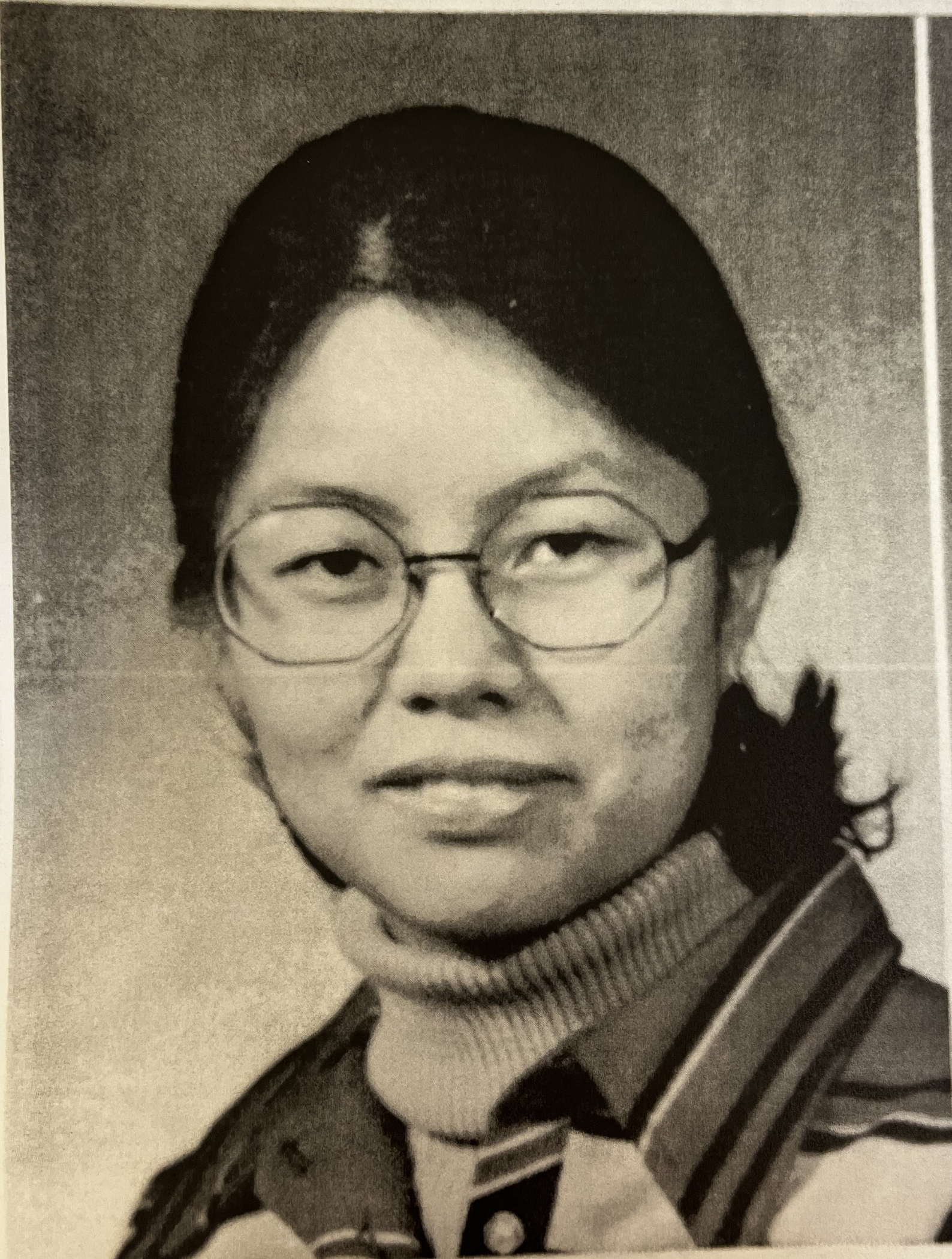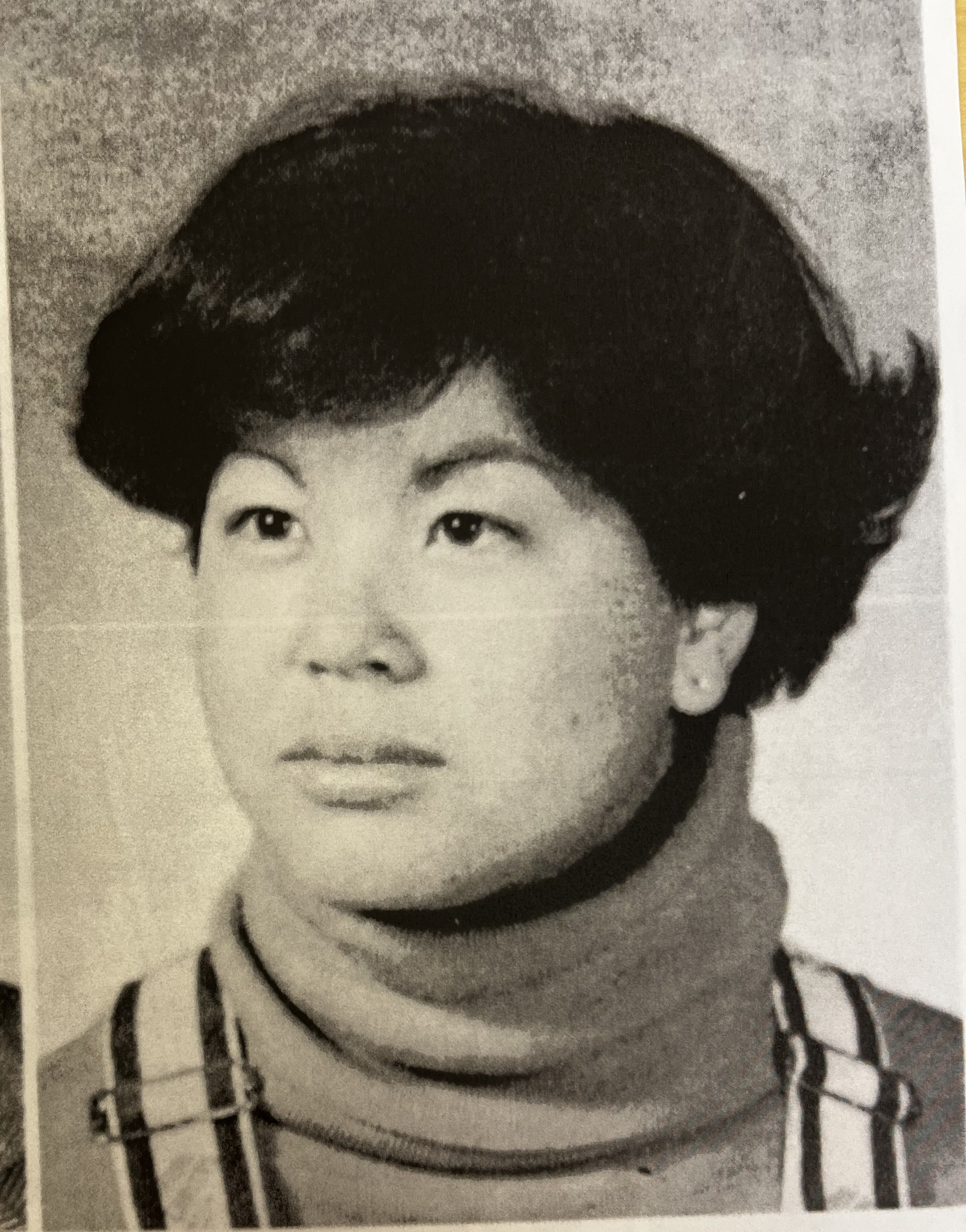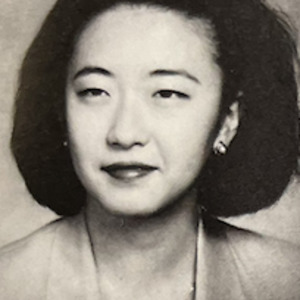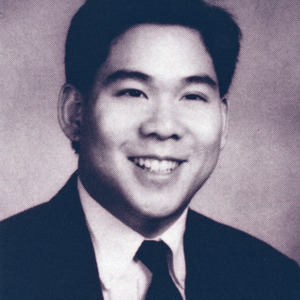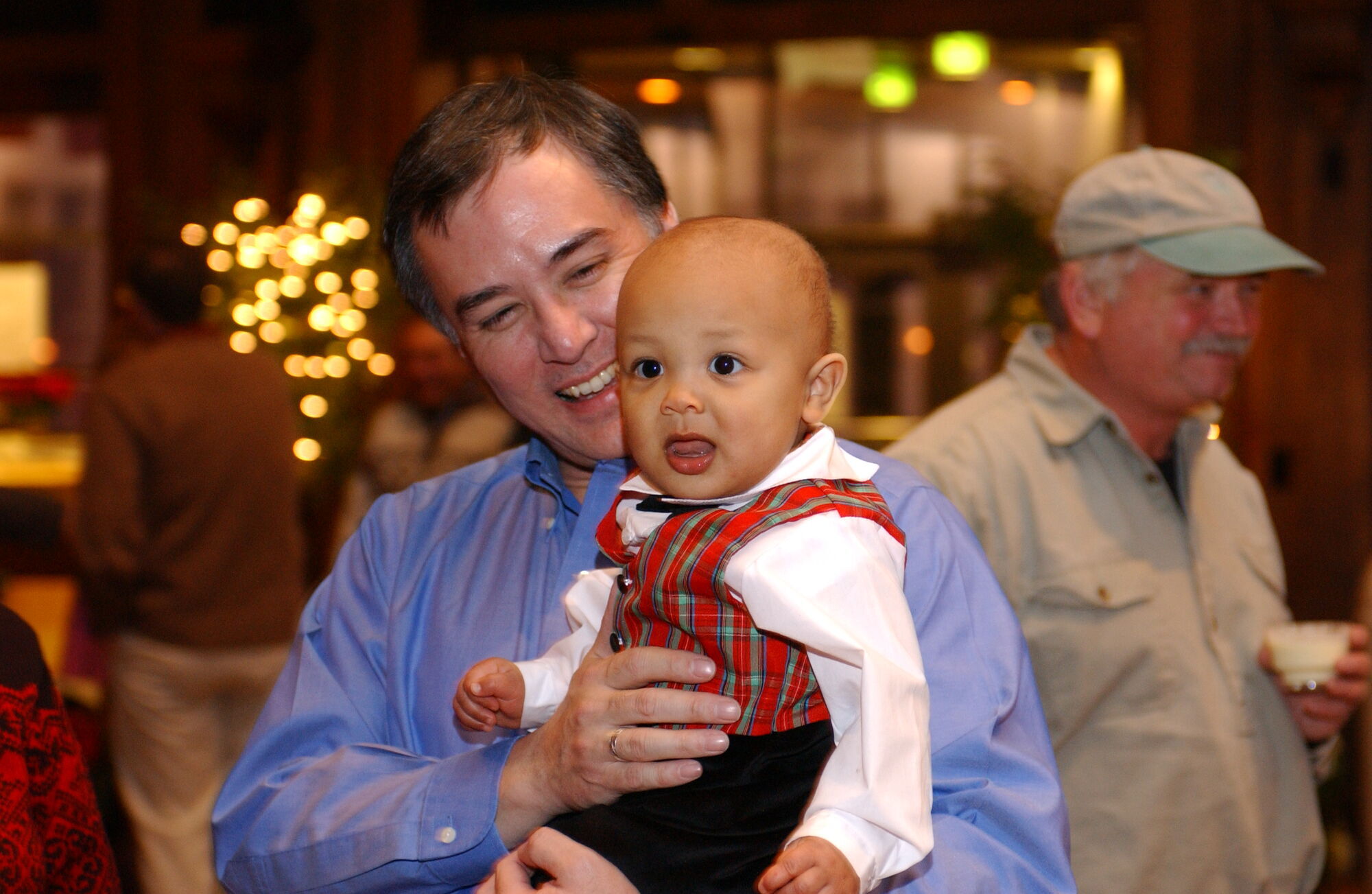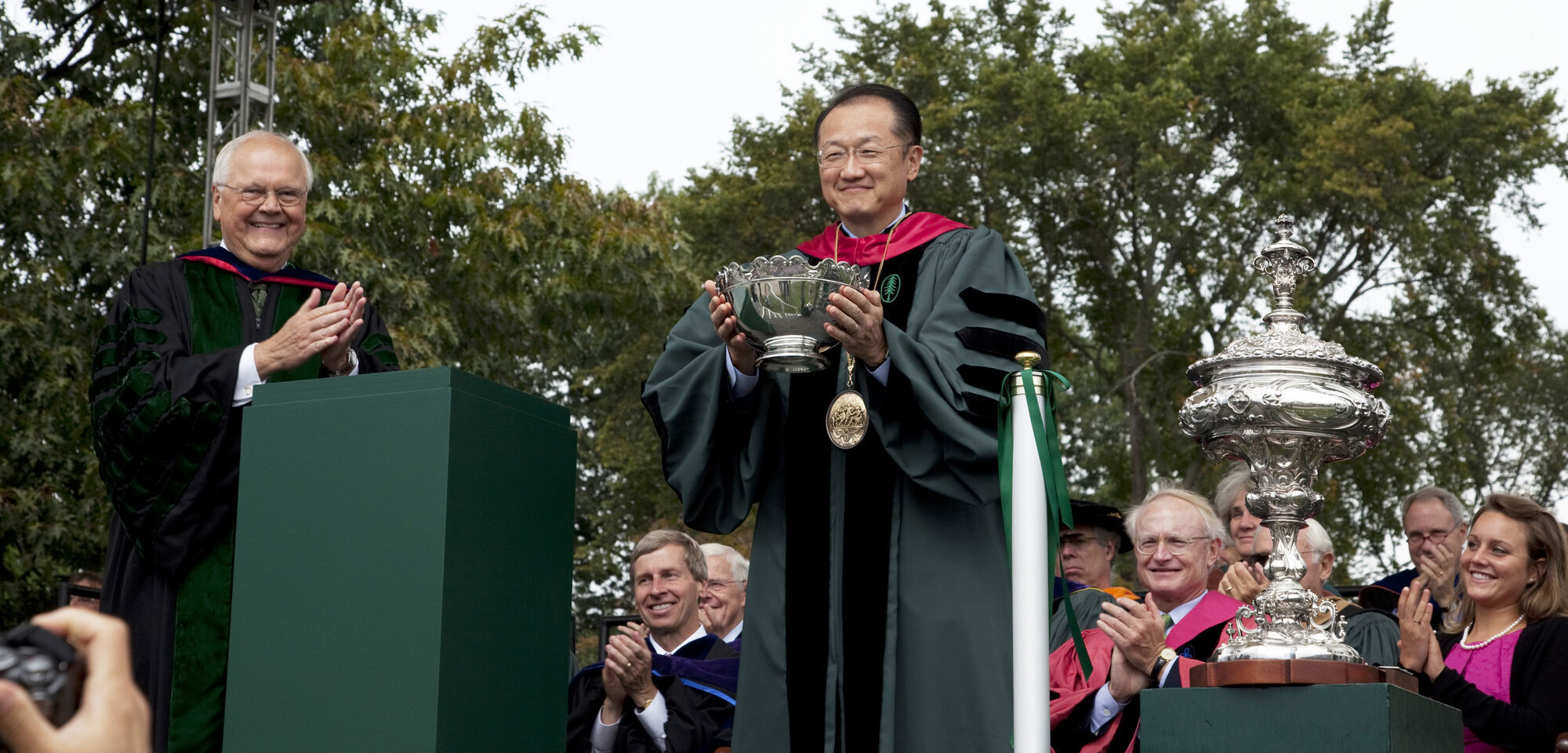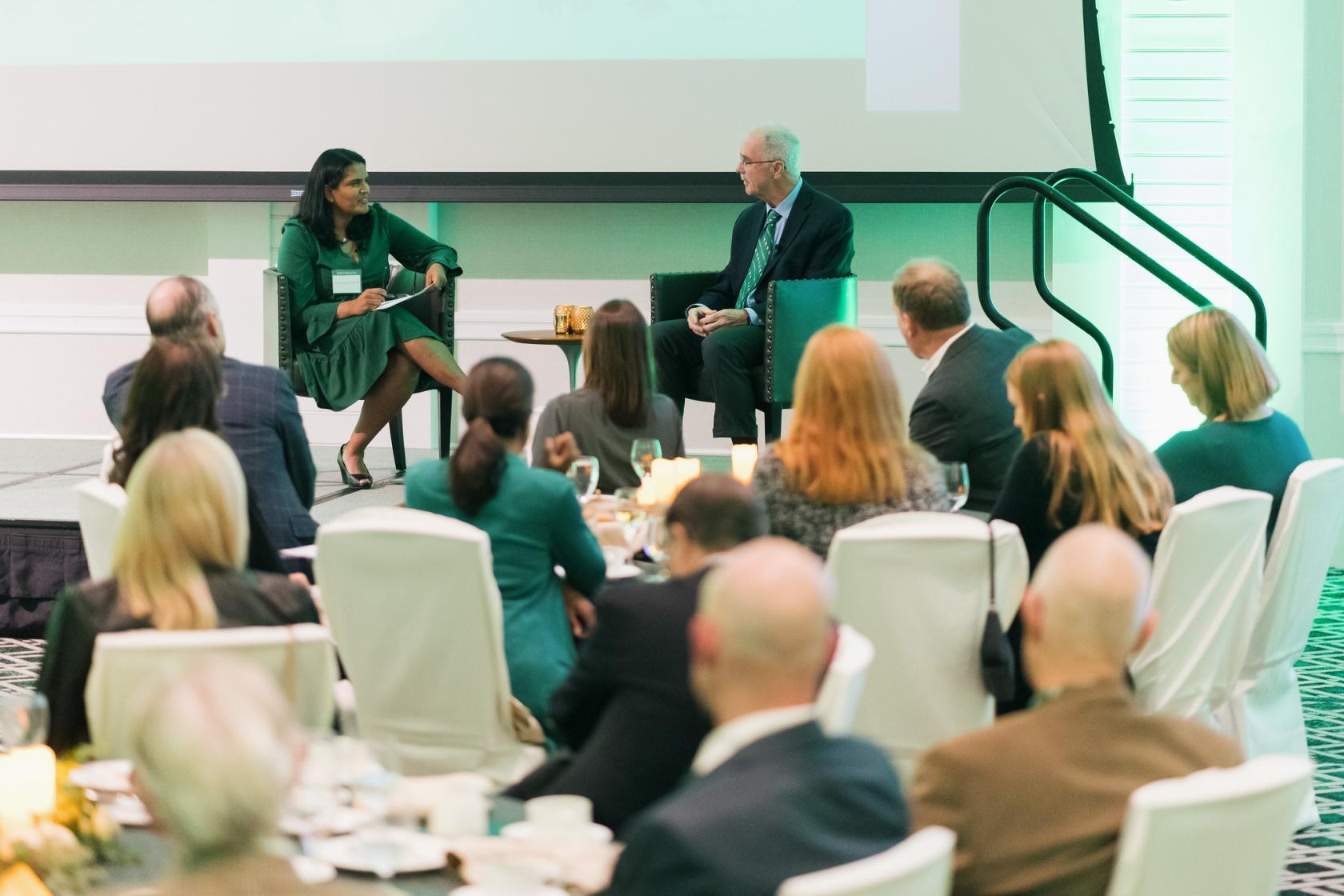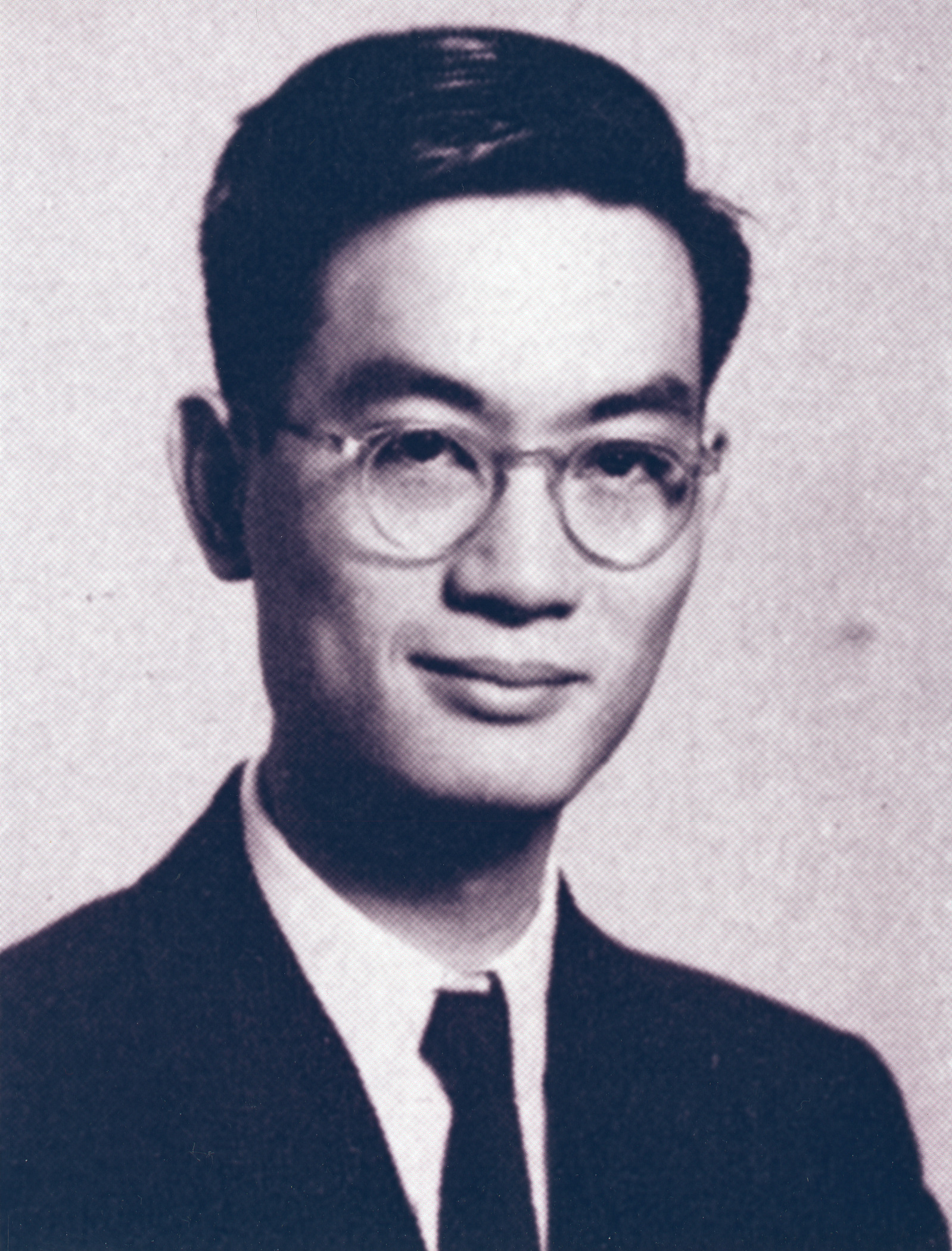Knowing Our History: The Pioneers
Dartmouth’s population of Asian American students, staff, and faculty rapidly grew in the 1970s. In 1971, students formed the International Student Association, awakening Asian American national identity and prompting Hoyt Zia ’75 to found the Dartmouth Asian Organization (DAO) in 1975.
Under the leadership of President James Wright and the first Native and Asian American Dean of the College, Jim Larimore, AANHPI faculty, staff, and students drove initiatives to create curricular, co-curricular, and community opportunities.
Forty Years On: The Changing Face of Dartmouth
Through the 1970s, Dartmouth AANHPI students were not documented as a separate category and grouped with “White and Other.” Alongside co-education in 1972, Dartmouth’s AANHPI community grew in numbers and awareness as its own political and cultural identity group.
AANHPI Women of Dartmouth
Theresa Look ’73 from Hong Kong became the first woman of Asian descent to graduate. Graduates from the first two classes with women of Asian descent included: Iris Gowan ’76, Evelyn Chan ’77, Janice Lee ’77, Winnie Ou ’77, Lydia Shigekane ’77, and So Fai Wu ’77. Celia Chen ’78 G’94 is a double alumna, graduating from the Guarini School in 1994 and serving on faculty since then to today. Naoko Ichikawa T’89 was likely the first female student from Japan to graduate from Tuck School of Business.
DAPAAA Co-Founders
Inspired by the 25-year celebrations of BADA (Black Alumni of Dartmouth Association) and NAAAD (Native American Alumni Association of Dartmouth), classmates Doug Chia ’93 P’25 P’25, Minjoo Lee ’93, and David Hsu ’93 organized the inaugural meeting of DAPAAA in New York City on March 18, 1998.
James Larimore
James Larimore (Comanche/Japanese) became the first Native and Asian American Dean of the College in 1999. He oversaw the establishment of the Official of Pluralism and Leadership (OPAL) with Holly Sateia, former Dean of Student Life, VP for Institutional Diversity and Equity; Tommy Woon, the first Director of OPAL; and Nora Yasumura, the first Pan-Asian Advisor.
Jim Yong Kim
In 2009, Jim Yong Kim became the first Asian American president of an Ivy League institution and the 17th president of Dartmouth, serving from 2009 to 2012. Upon nomination by President Barack Obama, he then became the 12th president of the World Bank.
Chitra Naramsinhan ’92
In 2022, Chitra Naramsinhan ’92 became the first South Asian alum to serve as President of the Alumni Council. Other prominent alumni of South Asian descent have built a robust Dartmouth Desi community. In 2018, Mindy Kaling ’01 became the first South Asian alum Commencement Speaker, followed by Geeta Anand ’89 in 2020. In 2021, Neal Katyal ’91 became the first South Asian Trustee of the College.
Profile: Leaving a Legacy
Lo-Yi Chan ’54
Leaving his literal mark on campus is Lo-Yi Chan ‘54, an architect who served as Dartmouth’s campus master planner from the 1980s to the 2000s and designed the Rockefeller Center. Born in Canton, China in 1932, Chan had a drifting childhood as his family first relocated to Hawaii in 1937, when Japan invaded China. After the Japanese attack on Pearl Harbor, he moved to Hanover, New Hampshire, where he found an idyllic childhood. As the son of Dartmouth professor Wing Tsit Chan, one of the first individuals from China to receive a PhD degree in the U.S., Chan first decided to pursue architecture in high school and studied art history and architecture at Dartmouth.
Chan was the only Asian in his fraternity, Alpha Theta, where he found lifelong friends. He recalled that while there was no Asian community on campus, he connected with the three other Asian students. The four of them participated in activities hosted by the Chinese fraternities at other northeast universities to meet people with similar backgrounds.
After graduation, Chan started his master of architecture at Harvard before he was drafted to serve military duties in San Antonio, Texas, where he met his wife. After getting married and finishing his military service, Chan went back to Cambridge and completed his masters at Harvard. He also received a one-year Appleton Traveling Fellowship that allowed him to study architecture around the world.
At the outset of his architecture career, Chan apprenticed with renowned Chinese-American architect I.M. Pei before starting his own firm in 1965. Chan has a prolific designing profile and was commissioned to work on notable projects including the Connecticut Hospice and the Rockefeller Center. While serving as Dartmouth’s campus planner, Chan also advised the administration on matters including the relocation of Dartmouth Hitchcock Medical Center to Lebanon and the expansion of campus to build more dormitories to address the housing crisis. Reflecting back on his time serving his alma mater, Chan noted that he viewed “Preservation and Connection" as the two primary characteristics that he strove to incorporate into his campus planning work. He always sought to “build buildings that connect to Dartmouth and are creative at the same time” because “there’s a continuation that is important to how people see their environment.”

